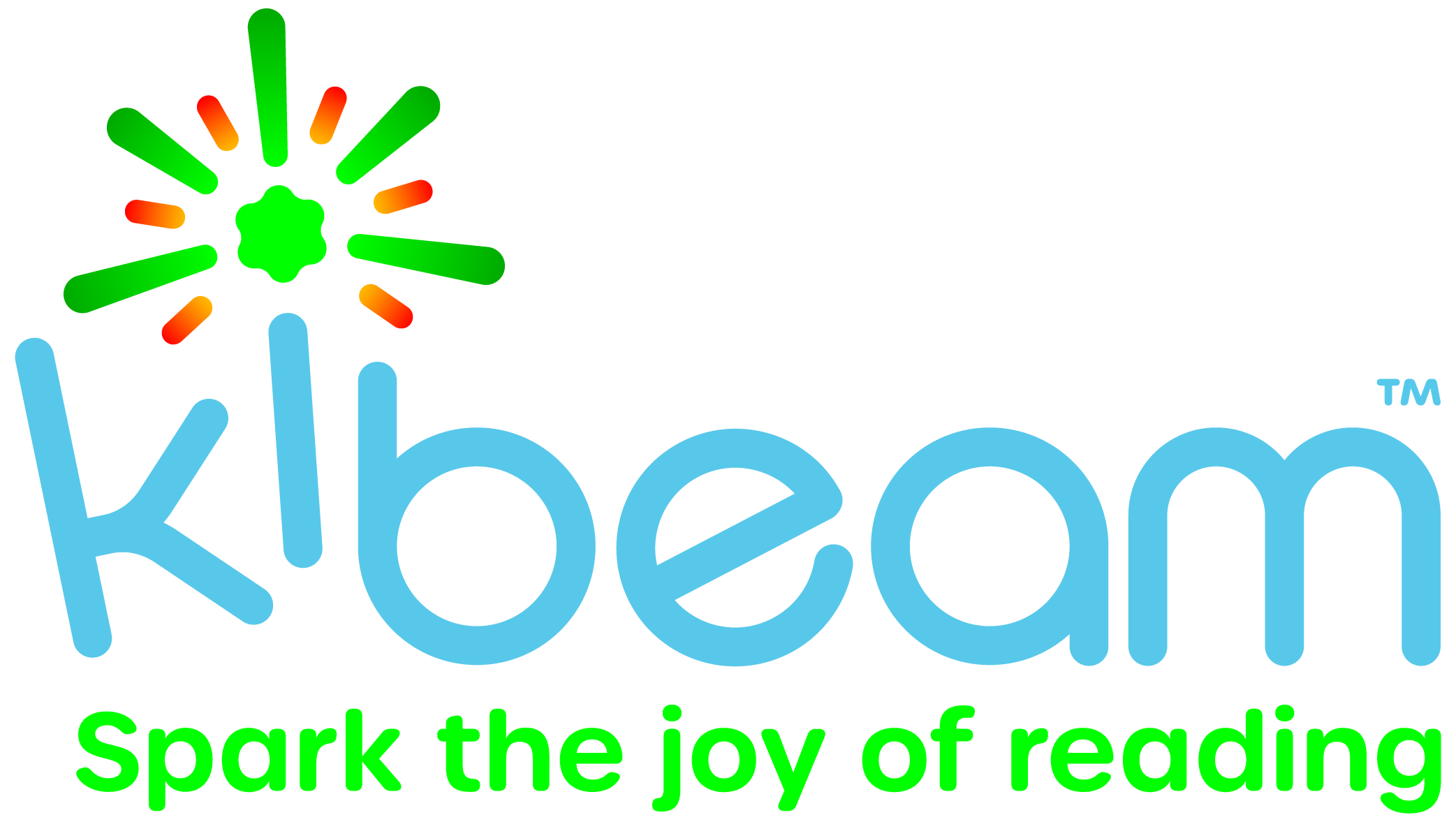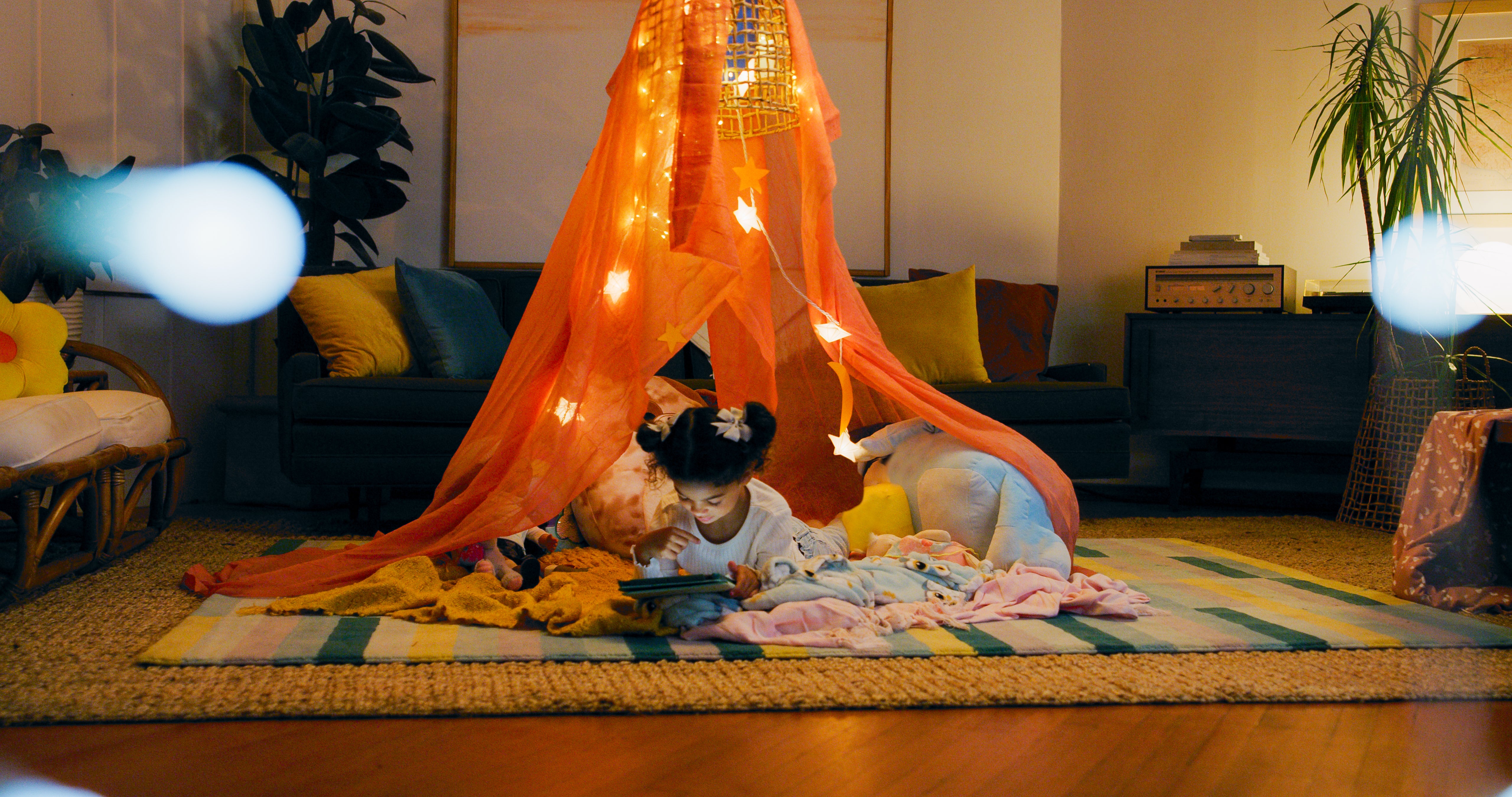Active Learning for Kids: How To Engage Your Children in Learning
Children are constantly learning both in school and at home. Whether they're playing pretend, doing a craft project, or spending time with their grandparents, kids are taking in new concepts and learning new skills through active learning strategies. These strategies have been the subject of countless educational research case studies over the years.
If you’re interested in creating more opportunities to engage your children in learning, you’ve come to the right place! Here we’ll share what active learning approaches are and why they’re beneficial. Finally, we’ll share different activities you can organize at home to reinforce lessons they're learning in school.
What Is Active Learning?
Active learning is a concept that was first introduced by Bonwell and Eison in the 1991 book Active Learning: Creating Excitement in the Classroom.
According to these authors, active learning is the opposite of the type of student learning that involves simply sitting down at a desk and learning through a workbook. While workbooks and traditional lectures have their place, active learning replaces traditional lessons with opportunities to use what students have learned in their course material. This type of learning emphasizes peer-to-peer instruction, classroom polling, and other interactive activities.
While there are many different learning styles, active learning can appeal to learners from all of these categories in some way or another.
Active learning strategies are often used in large classes to encourage students to connect with each other and get more involved in the curriculum. For example, active learning strategies in a large lecture might increase student responses to the lecture material. Retention is key.
For kids, active learning involves the senses. When providing opportunities to learn through active learning, incorporate the five senses — taste, sight, smell, sound, and touch —where you can. Active learning combined with sensory play boosts observation skills and also helps with retention — sensory memory is powerful.
Lessons don’t need to be messy or elaborate: for example, giving students clickers to engage the sense of touch during lessons is a simple solution to boosting awareness.
Examples of Active Learning Benefits
Active learning inspires kids to be a part of the learning process by participating in small group work and activities that support the lesson. They are encouraged to ask questions, have discussions with peers, and share new concepts with loved ones outside of class time.
Active learning work activities encourage higher-order thinking and group discussions and help groups of students build peer-to-peer bonds, all while increasing their understanding of the topics covered in class. These group activities are sometimes called “think-pair-share” exercises, a research-based concept that increases students’ synthesis of new concepts.
When children are prompted to take ownership of their studies, they are more interested in the subject. Student engagement has a pleasant side effect, including flexing those problem-solving skills and encouraging critical thinking patterns, which are essential aspects of childhood cognitive development.
Facilitation of effective learning is about more than increasing student performance and test scores. The goal of any learning method should be engaging students in environments that celebrate learning for long-term knowledge retention over time. With active learning, kids may be more likely to retain information that can serve them as they transition into higher education.
How Can You Engage Your Children in Active Learning at Home?
You can help your child continue their education at home by providing opportunities to use new skills in everyday life.
Here are some fun activities that can boost your little one’s learning outcomes while spending time together:
Make Gratitude Cards
Feeling gratitude for people and things in your life can benefit children's mental health and reduce stress. A practice of gratitude can have lasting effects even into adulthood.
Gratitude is a difficult concept to teach children. It’s not something they can be taught once and retain. Gratitude takes time to learn and feel. One way to help your children understand gratitude is by leading by example.
Throughout the day, talk about the things you are grateful for, and ask them to share as well. It may be easier for them to understand the question, “What makes you happy?” Happy is an emotion they understand, and using this word can help you get the conversation started.
Write down these “happy” moments and put them on cards. Your child can do this on Post-it Notes or index cards or pen these virtually with a loved one. Display these cards where they can be easily seen, like on the fridge or a bathroom mirror.
Play Pretend
Kids love playing pretend. Whether they're playing with dolls and toy trains or creating a store in their room, they're learning more than they realize. Role-playing through pretend may benefit coordination, communication, math skills, and social skills.
Kids have active imaginations on their own, but when an adult joins in on the fun, you can help bring the pretend play to another level. Parents, grandparents, aunts, and uncles can all participate. Providing moments of one on one attention to your little one can help build a strong bond between you and help them learn.
Bring in costumes, props, or even everyday household items to serve as entryways into the imaginary world.
Prioritize Active Screen Time
Not all screen time is created equal. Incorporating screen time opportunities that foster relationship building and education can provide active learning opportunities. Quality screen time can also develop literacy skills and technology-based skills that are important as kids grow.
Developed by educational and childhood development experts, Kinoo Connect is an app that can bring opportunities for active learning to your child. Kinoo brings children and adult family members closer together. Through a video call, they can engage with each other through games and activities.
Kinoo is a fantastic resource to bring family into your child's learning. They can share what they're learning in school and play games that build on those skills. There are even opportunities for pretend play in Beach Playset, Moon Rocket, and more.
Follow a Recipe Together
Early educational math skills are crucial. These skills may include recognizing numbers and shapes, noticing patterns, and understanding simple measuring skills. One way to enhance these skills is through working together in the kitchen.
You and your mini-chef can choose a new recipe to make. If the recipe is new to both of you, you’ll be participating in cooperative learning, which can enhance the skills you are working on. When your little one can help you follow clear, written instructions (even if you’re the one doing the reading), measure age-appropriate ingredients, and set a timer for the oven, they engage in active learning.
Enjoy Nature
The great outdoors is filled with learning experiences. Nature allows kids to explore the world around them, recognize patterns, learn cause and effect, and practice motor skills.
Being in nature can include anywhere from a beach or nature reserve to a simple neighborhood walk. While you are enjoying nature together, talk about the sights you see. Can you count the trees you walk past? What colors do you see around you? Do you notice shapes?
Opting for open-ended questions is ideal. For instance, instead of “Did you like playing at the park?” try “What did you like when you were playing at the park?”
Get Creative With Art
Art is an incredible active learning technique. Art can improve academic, emotional, and social qualities. Art can be enjoyed through structured art classes or less structured creativity at home. No matter how your kiddo enjoys art, active participation is a given.
The art supplies depend on the age of your child. You can provide crayons, markers, finger paint, or watercolors for your little one to get creative.
If you aren’t up for the cleanup that art often requires, your child can draw with a long-distance loved one over a Kinoo video call. Use one of our templates to get started or opt for a blank page.
Conclusion: Teaching Methods That Making Learning Fun
Active learning allows kids to be engaged in learning experiences. It takes the concepts obtained through books and lessons and brings them to a real-world situation. This type of learning can be incredibly beneficial by improving critical thinking skills and problem-solving skills.
There are many ways you can engage your child in learning at home. With activities that foster play and learning, the benefits of physical movement and active learning are made more attainable than ever.
The Kinoo Magic Wand™ is a screenless smart device and learning companion for children's independent and family play. This 4" wand features three illuminated smart bulbs and a speaker to produce light, color, and sound cues that guide children through the engaging movement-based games and activities illustrated in the "Move and Master" activity books, posters, and stickers. These visual aids lead children and families through the wand's music; letters, phonics, and reading; numbers, counting and math; geography; and life skills activities - creativity, collaboration, curiosity, critical thinking, and more. The Kinoo Magic Wand™ delivers movement prompts to improve learning comprehension and retention.
"Brain research has validated 'physical movement' as a powerful accelerant to learning and development for kids when coupled with visual and auditory learning modalities," said Jim Marggraff, CEO and Founder of Kinoo. "While screen time has become a part of everyday parenting and education, it has reduced the time kids spend actively engaging and socializing. Kinoo was founded to combine leading edge technologies with developmental research to produce breakthroughs in learning for all children." Activities on the Kinoo Magic Wand™ are designed to naturally enhance a child's numeracy, and 21st century skills that are the new foundation for success in life.
At Kinoo, we believe a moving child is a learning child.
With your support, we can get millions of early learners on their feet as they connect, play, and learn.
Sources:
Cognitive development and sensory play | MSU Extension
Active Learning | Center for Teaching Innovation | Cornell
Seven Ways to Foster Gratitude in Kids | Berkeley
The Impact of Dramatic Play in Early Childhood Education | Penn Foster
New evidence of the benefits of arts education | Brookings
Learning Through Play at School – A Framework for Policy and Practice | Frontiers
Learning Styles - Helping Children Succeed in School | University of Illinois Extension




Leave a comment
This site is protected by reCAPTCHA and the Google Privacy Policy and Terms of Service apply.